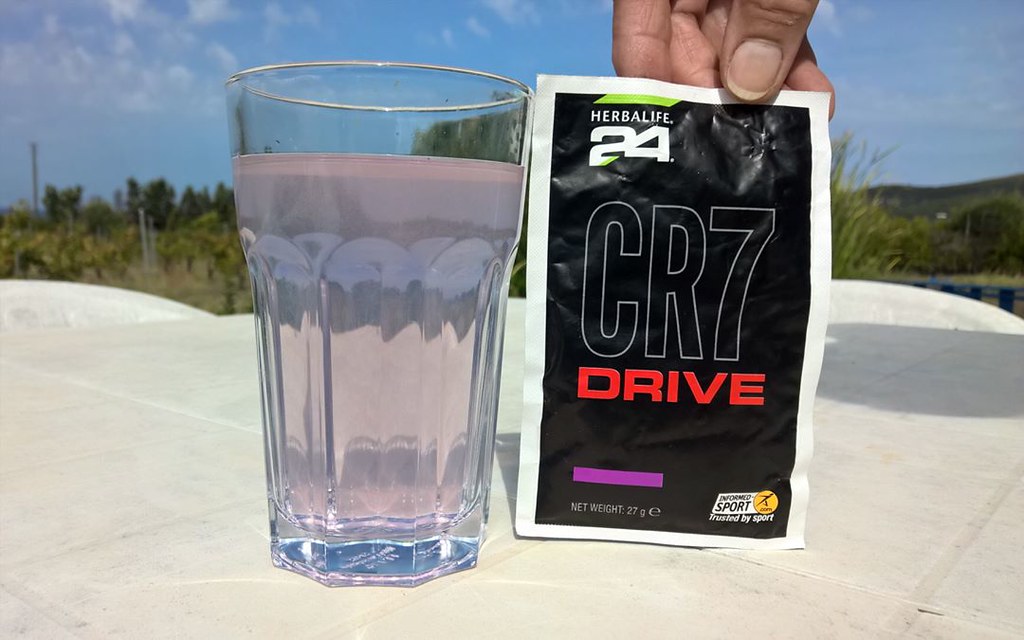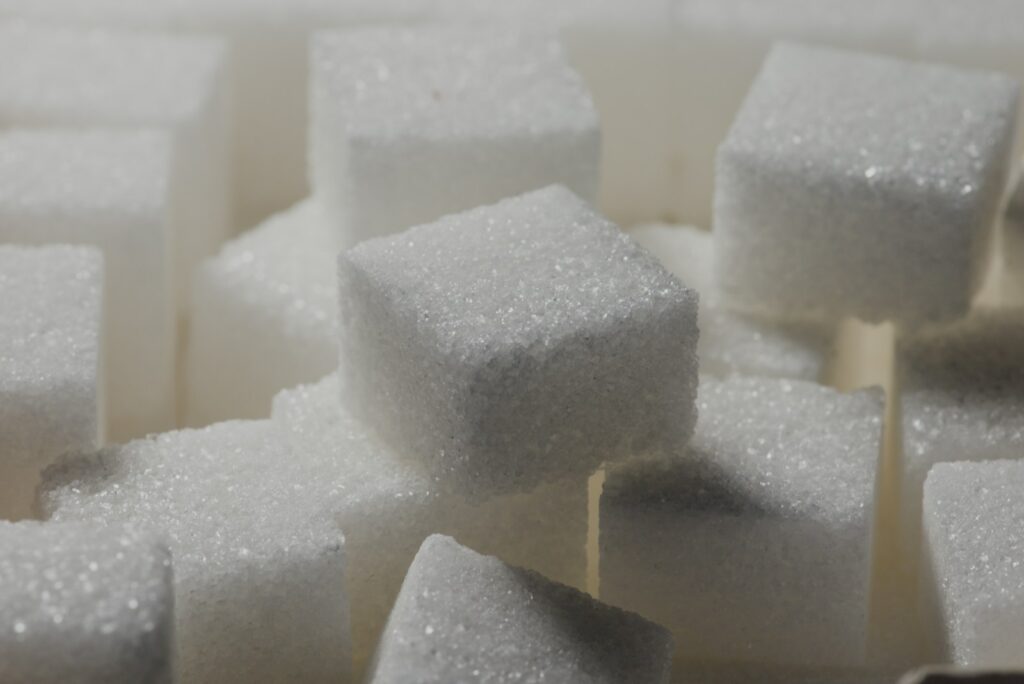
For so many of us, the conversation around sugar feels like a constant tug-of-war. We’re told repeatedly that sugar is bad for us, yet as runners, we’re often advised to consume products packed with sugar to fuel our training and races. This conflicting advice can be incredibly confusing, leaving many athletes unsure of how to properly fuel their bodies without compromising their health.
Indeed, the topic of sugar and fueling is complex, with an overwhelming amount of information available. It’s challenging to differentiate between fleeting trends and truly effective strategies that will support your performance and overall well-being. This confusion often leads to valid concerns about consuming what seems like excessive sugar before, during, and after runs.
But here’s the game-changer: sugar isn’t inherently evil; it’s a powerful tool when used correctly. The key lies in understanding which types of sugar to embrace for performance and, more critically, which ones to strategically limit or even cut to safeguard your stamina and long-term health. We’re here to cut through the noise and equip you with actionable insights, much like Cortney Berling, RD, MPH, of Eat Well, Run Better, does for the running community.
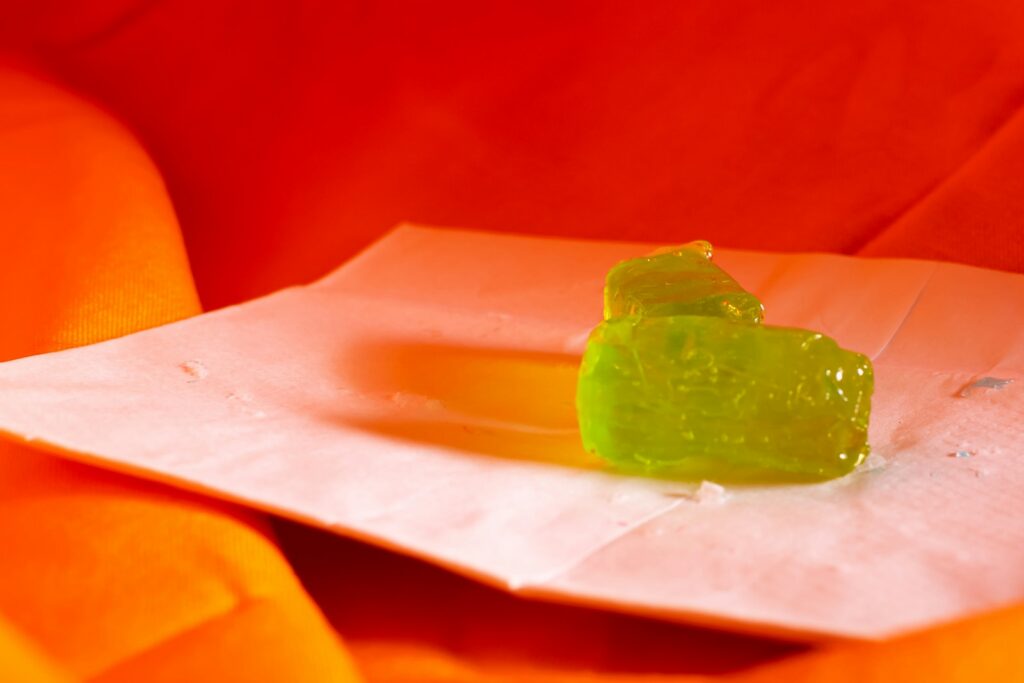
1. **Artificial Sweeteners (Fake Sugars): The Empty Promise of Zero Calories**Many runners, conscious of calorie intake and the negative press around sugar, might be tempted by artificial sweeteners found in countless ‘sugar-free’ products. These synthetic compounds, like sucralose, are designed to mimic the taste of sugar without the calories. On the surface, they seem like a smart swap, offering sweetness without the guilt, but for an athlete pushing their limits, they represent an empty promise.
While artificial sweeteners provide sweetness, they fundamentally fail to deliver what a runner’s body desperately needs during exercise: energy. As Cortney Berling warns, these fake sugars are “not going to provide energy.” Your body relies on glucose, its preferred fuel source, to power muscles and sustain performance. Without this readily available energy, your efforts on the track or trail will quickly fall short, leaving you depleted and underperforming.
Beyond the lack of fuel, artificial sweeteners carry another significant drawback for runners: the high probability of gastrointestinal issues. Imagine being mid-run, pushing for a personal best, only to be sidelined by stomach cramps or an urgent need for a porta-potty. Fake sugars, including specific types we’ll discuss, are “more than likely going to cause stomach issues either during or after you run.” This isn’t just an inconvenience; it can actively sabotage your training and race day goals.
The takeaway is clear: when it comes to fueling your runs, especially long or intense sessions, steer clear of artificial sweeteners. They offer no performance benefit and pose a considerable risk of discomfort. Your stomach, and your legs, will thank you for sticking with real sugar to provide the quick, usable energy you need to push through every mile.
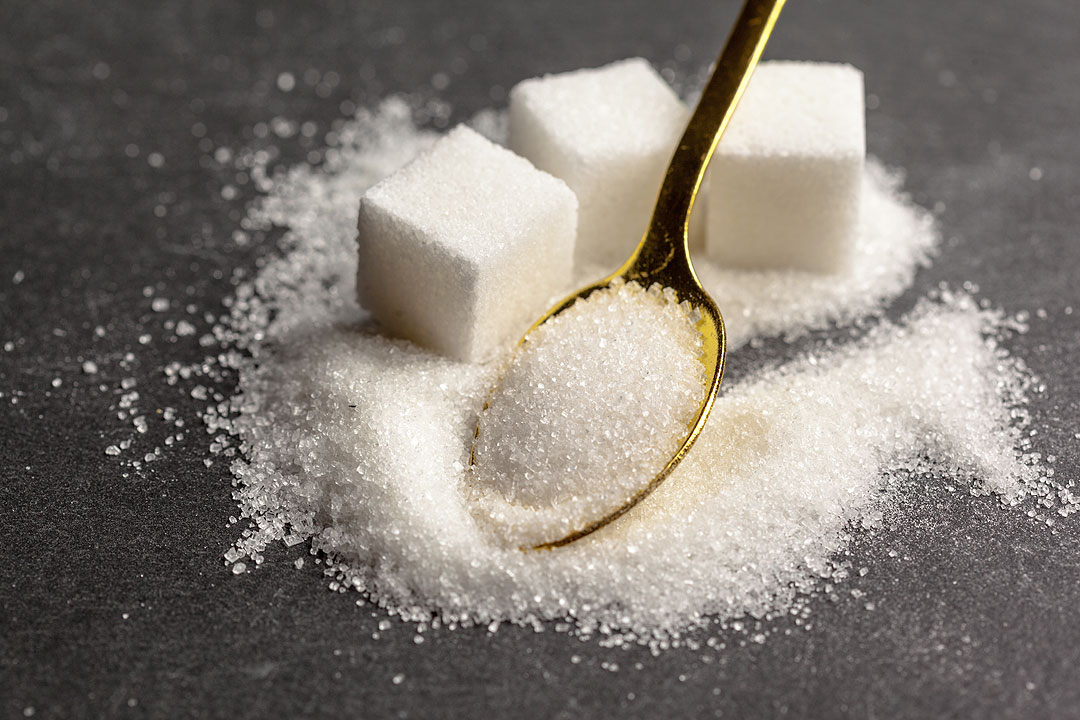
2. **Sugar Alcohols: The Digestive Dilemma in Disguise**Among the various artificial sweeteners, sugar alcohols stand out as a particular category to be wary of. These compounds often end in “itol” – think xylitol, sorbitol, mannitol – and are frequently found in sugar-free gums, candies, and some protein bars. Their appeal lies in their lower calorie count compared to sugar, making them seem like a harmless sweet treat or ingredient for health-conscious individuals.
However, for a runner, the primary concern with sugar alcohols mirrors that of other artificial sweeteners: they do not provide the necessary fuel. When you’re running, your body is a high-performance engine, demanding readily available carbohydrates to maintain glycogen stores and blood glucose levels. Sugar alcohols, by their very nature, are poorly absorbed and metabolized, meaning they offer negligible energy input to your working muscles.
The most prominent issue with sugar alcohols, especially during or around a run, is their notorious tendency to cause gastrointestinal distress. Because they aren’t fully absorbed in the small intestine, they travel to the large intestine where they can ferment, leading to gas, bloating, and diarrhea. The context explicitly states that anything ending in “itol” is “more than likely going to cause stomach issues either during or after you run.” This digestive turmoil is the last thing any runner needs when focused on performance.
In the grand scheme of an athlete’s diet, opting for foods containing sugar alcohols is a missed opportunity for beneficial fueling and a significant risk for discomfort. For optimal performance and digestive peace, ensure your pre- and intra-run fuel sources are free from these deceptive ingredients. Prioritize easily digestible real sugars that contribute directly to your energy levels, preventing both the bonk and the bellyache.
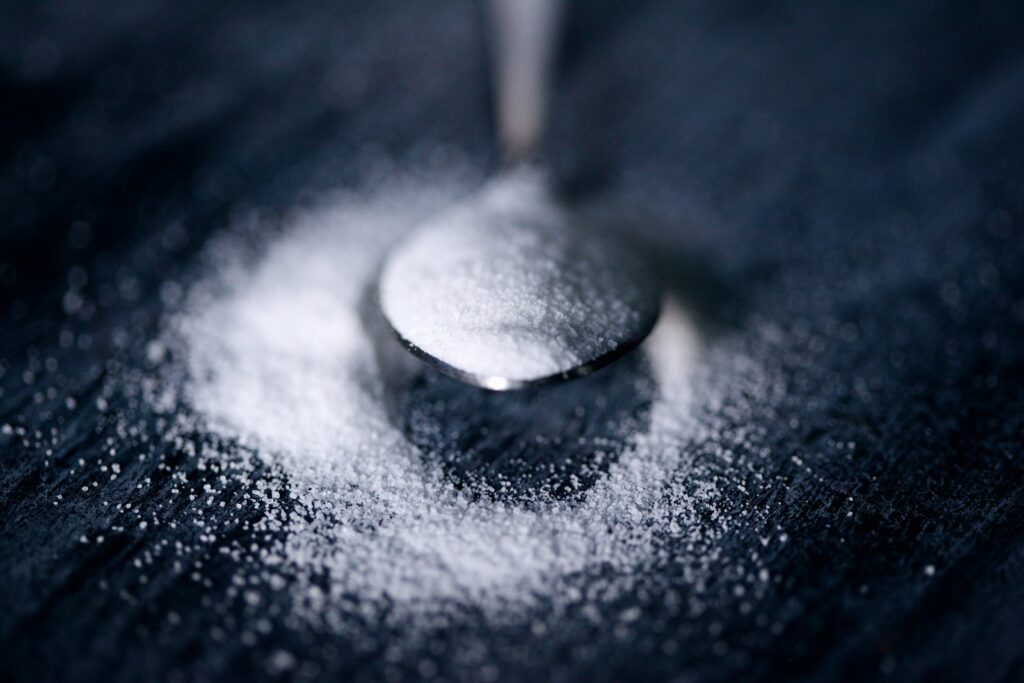
3. **”Sugar-Free” Electrolyte Drinks: The Hydration Trap**It’s a common scenario: a runner reaches for a “sugar-free” electrolyte drink, like Gatorade G2, believing they are making a healthier choice. The logic seems sound – staying hydrated and replenishing electrolytes without the added calories from sugar. However, for a runner engaged in moderate to high-intensity or prolonged exercise, this seemingly smart option can be a significant misstep, creating a “hydration trap” that undermines performance.
The fundamental flaw in relying on sugar-free electrolyte drinks during runs is their inability to provide the quick energy your body desperately needs. Your muscles, particularly when running for 60-90 minutes or longer, rapidly deplete their glycogen stores. Simple sugars, particularly glucose, are your body’s preferred and most efficient fuel source to replenish these stores and maintain blood sugar levels, preventing the dreaded “hitting the wall.” A “sugar-free electrolyte drink… you’re not going to get the quick energy that your body needs while running.” This lack of energy delivery means you’re essentially running on fumes, hindering your stamina and speed.
Compounding this energy deficit is the continued risk of gastrointestinal distress. Just like other artificial sweeteners and sugar alcohols, the ingredients used to make these drinks ‘sugar-free’ often carry the side effect of stomach upset. The text warns that if a product “leaves you dealing with GI distress, that’s a big no thank you.” The last thing you want is to trade potential quick energy for a painful stomach and a disrupted run, especially when performance is on the line. It’s a double whammy: no effective fuel and a high chance of discomfort.
Therefore, for any run that extends beyond a casual jog, particularly long runs, races, or intense training, it’s crucial to select electrolyte drinks that contain real sugar. These products are formulated to provide a rapid source of glucose, often combined with fructose, to maximize carbohydrate uptake and sustained energy. Don’t fall for the sugar-free facade; embrace strategically chosen real sugars to keep you energized, hydrated, and free from digestive woes. Your performance depends on it.
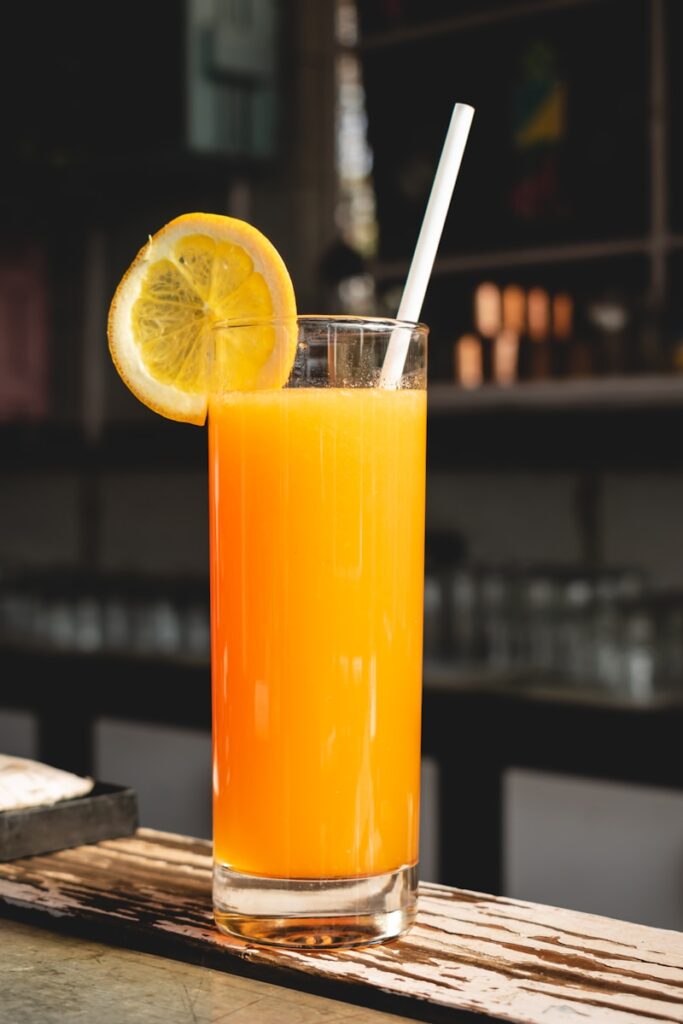
4. **High-Fructose Corn Syrup (and Excess Concentrated Fructose): The Liver’s Burden**Not all sugars are metabolized equally, and understanding the distinct pathway of fructose is paramount for runners. Fructose, a simple sugar found naturally in fruits, but also a major component of table sugar (sucrose, which is 50% fructose) and high-fructose corn syrup (HFCS, roughly 55% fructose), interacts with your body in ways that diverge significantly from glucose. While glucose fuels nearly every cell, fructose is metabolized almost entirely in the liver, a fact with profound implications for health and performance.
The issue isn’t with the small amounts of natural fructose found within whole fruits, which come packaged with fiber, water, and essential nutrients, moderating absorption. The real concern arises from the excessive, concentrated amounts of fructose prevalent in processed foods, sugary drinks, and particularly high-fructose corn syrup. When the liver is overloaded with fructose, it can trigger a cascade of detrimental effects. This includes “fat buildup in the liver, unfavorable blood lipid levels, insulin resistance, and elevated uric acid.” These changes are directly linked to serious conditions like non-alcoholic fatty liver disease, an increased risk of heart disease, and impaired blood-sugar control, all of which would severely hamper an athlete’s career.
Furthermore, excess fructose consumption can subtly sabotage your body’s natural appetite regulation system. Leptin, a hormone produced by fat cells, signals to your brain when you’ve had enough to eat, helping you feel full. However, research suggests that “fructose does not stimulate leptin production the way glucose does.” This means that consuming a large amount of fructose-rich sugar, such as from a sugary soda or candy, might not trigger those crucial “I’m full” signals, leading you to inadvertently consume more calories than your body truly needs or desires.
Over time, this interference with satiety can contribute to leptin resistance, where your brain becomes less responsive to leptin’s message, perpetuating a cycle of increased appetite, overeating, and potential weight gain. For runners, this means that even if you’re burning calories through exercise, a diet high in processed fructose can undermine your efforts by constantly encouraging excess calorie intake, ultimately affecting your physique, metabolic health, and consequently, your running efficiency. The source and quantity of fructose matter immensely: an apple’s sugar content is far different from that of a sugary drink.

5. **Excessive Free Sugars in Daily Diet: Adhering to Health Guidelines**While strategic sugar intake is vital for fueling runs, the overall daily consumption of ‘free sugars’ outside of these specific windows is a critical area where runners must exercise discipline. Free sugars include all added sugars, plus sugars naturally present in honey, syrups, and fruit juices. These are the sugars that, in excess, have well-documented negative impacts on health, even for highly active individuals.
Public health organizations, like the World Health Organization (WHO), provide clear guidelines for sugar intake to mitigate these risks. The WHO recommends capping free sugars at less than 10% of your total daily calorie intake, and even suggests reducing this to 5% – roughly 25 grams, or about 6 teaspoons – for additional health benefits. For context, 10% of a 2,000-calorie diet is approximately 50 grams (12 teaspoons) of sugar. Adhering to these limits is a fundamental strategy for maintaining long-term health and preventing metabolic derailment.
Regularly consuming excess free sugars, particularly from sweetened drinks, desserts, and processed foods, is a direct pathway to metabolic syndrome. This cluster of conditions includes high blood pressure, elevated blood sugar, unhealthy cholesterol levels, and increased abdominal fat. Metabolic syndrome is strongly associated with chronic inflammation and significantly raises the risk of cardiovascular disease and type 2 diabetes. Even active runners are not immune; an expert review noted that “a high-sugar diet makes it easy to overconsume calories and slowly erode your health,” ultimately impairing athletic performance and overall well-being.
Consider the prevalence of sugar in our modern diet: many individuals, even in active populations, far exceed these recommended limits. For instance, a single can of soda can contain around 40 grams of sugar, blowing past the daily 5% goal in one go. This highlights how easily unintentional overconsumption occurs. While you might ‘burn off’ some sugar during a strenuous workout, the cumulative effect of a consistently high-sugar diet still contributes to long-term health risks, such as weight gain and metabolic disease, which will invariably catch up and impact your running performance.
Therefore, the strategic runner aims to emphasize whole food carbohydrates – like whole grains, legumes, fruits, and vegetables – as the primary source of daily energy. These provide natural sugars alongside fiber and nutrients, promoting satiety and sustained energy. By consciously minimizing free sugars outside of performance-critical fueling times, runners can safeguard their metabolic health and ensure their bodies are optimally conditioned not just for today’s run, but for a lifetime of strong, healthy miles.
Now that we’ve tackled the sugars that can derail your performance and health, it’s time to equip you with the strategies to navigate the sweet landscape effectively. Fueling like an Olympic marathoner isn’t just about cutting out the bad; it’s about embracing smart choices and understanding the ‘when’ and ‘how’ of sugar intake. This next set of insights will reveal the subtle sugar traps in everyday foods and drinks and underscore the critical importance of timing your sugar intake for peak athletic conditioning.
Read more about: The Evolving Science of Healthy Eating: A Comprehensive Guide to Dietary Principles and Sustainable Wellness
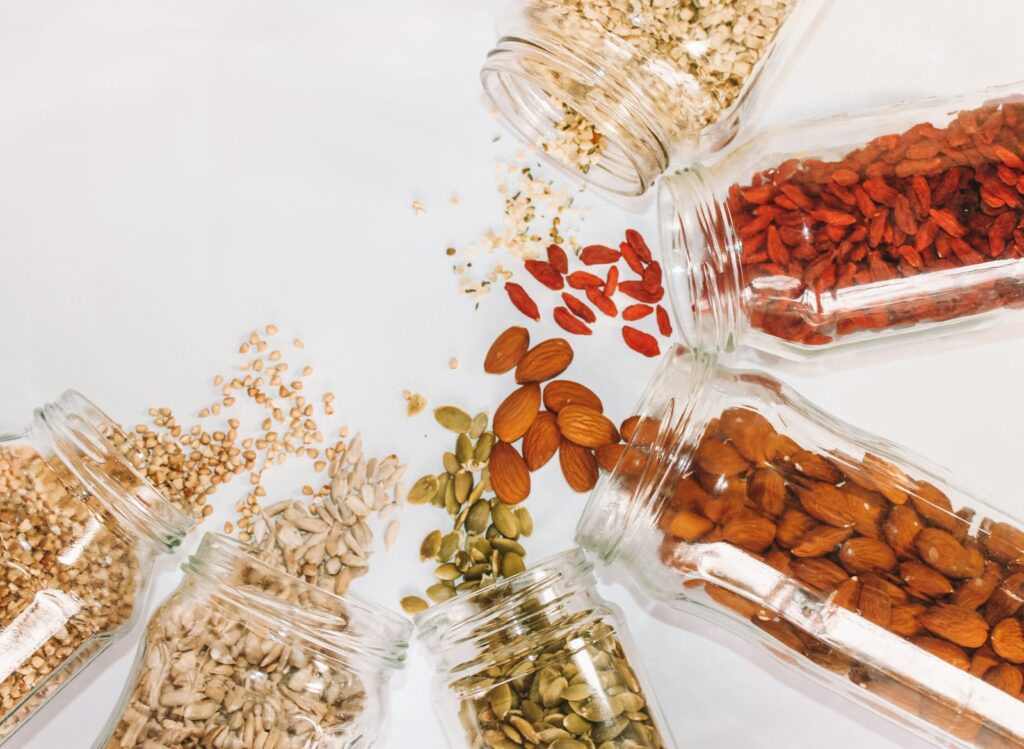
6. **Emphasize Whole Food Carbohydrates Day-to-Day: Your Foundation for Sustained Energy**When it comes to building a truly resilient and high-performing body, your daily diet is the bedrock. For runners, this means making unrefined carbohydrates—think whole grains, legumes, fruits, and vegetables—the main sources of energy in your everyday meals. These aren’t just ‘good for you’ foods; they are powerhouses packed with naturally occurring sugars and starches, alongside essential fiber, vitamins, and minerals.
Unlike the quick, empty calories of free sugars, whole food carbohydrates provide a steady release of energy, keeping your blood sugar levels stable and preventing those dreaded energy crashes. The fiber content in these foods is a game-changer; it slows down sugar absorption, promotes satiety, and supports a healthy gut, all of which are vital for a runner’s long-term health and consistent performance. Imagine starting your day with a bowl of oatmeal and berries instead of a sugary cereal – that’s sustained power versus a fleeting jolt.
Health authorities like the World Health Organization (WHO) consistently emphasize that there’s no evidence of harm from the sugars naturally present in whole fruits, vegetables, or milk. By centering your diet on these unprocessed options, you inherently curb the intake of problematic “free sugars” and drastically reduce your risk of metabolic issues. This approach provides a solid nutritional foundation that supports not just your runs, but your entire well-being, helping you feel consistently fueled and less prone to cravings that often stem from blood sugar imbalances.

7. **Time Your Use of Added Sugars: Strategic Fueling for Peak Performance**The conversation around sugar often paints it as an all-or-nothing villain, but for runners, this couldn’t be further from the truth. Sugar, when used judiciously and at the right times, is a powerful performance tool. The key lies in strategic timing: leveraging quick sugars intentionally around your workouts, precisely when your body is primed to put them to work for immediate energy and efficient recovery.
During moderate to high-intensity exercise, especially runs lasting over 60-90 minutes, your muscles rapidly deplete their stored glycogen. This is precisely when ingesting simple carbohydrates—like those found in sports drinks, energy gels, or chews—becomes absolutely crucial. These quick sugars provide a rapid source of glucose, stabilizing your blood sugar levels and preventing the dreaded ‘bonk’ that can bring your run to a grinding halt. Research even shows that combining glucose and fructose can maximize carbohydrate uptake and significantly improve endurance performance with less gastrointestinal distress, which is why many specialized sports fuels utilize this blend.
The benefits extend beyond the run itself. Immediately after a hard effort, your muscles are highly sensitive to insulin and eager to replenish glycogen stores. Consuming fast-digesting carbs at this precise window accelerates glycogen restoration, helping your body bounce back faster for your next training session. This is where a bit of sugar in a recovery drink or snack is a strategic advantage, especially when paired with protein to aid muscle repair. Think of it as refilling your fuel tank as efficiently as possible.
However, the crucial distinction lies in context. If you’re downing a sports drink during a half-marathon, that sugar is going straight to work, powering your muscles. But if you’re sipping the same sugary beverage while sedentary at your desk, that sugar is far more likely to be stored as fat or contribute to unhealthy insulin spikes and crashes. Your body’s metabolic response to sugar is dramatically different during and immediately after exercise compared to when you’re inactive. This means saving those carbohydrate-rich fuels for when they truly count is a fundamental aspect of an Olympic marathoner’s nutrition strategy.
Read more about: Unlock Affordable Wellness: Your Comprehensive Guide to Healthy Home Cooking Without Draining Your Wallet
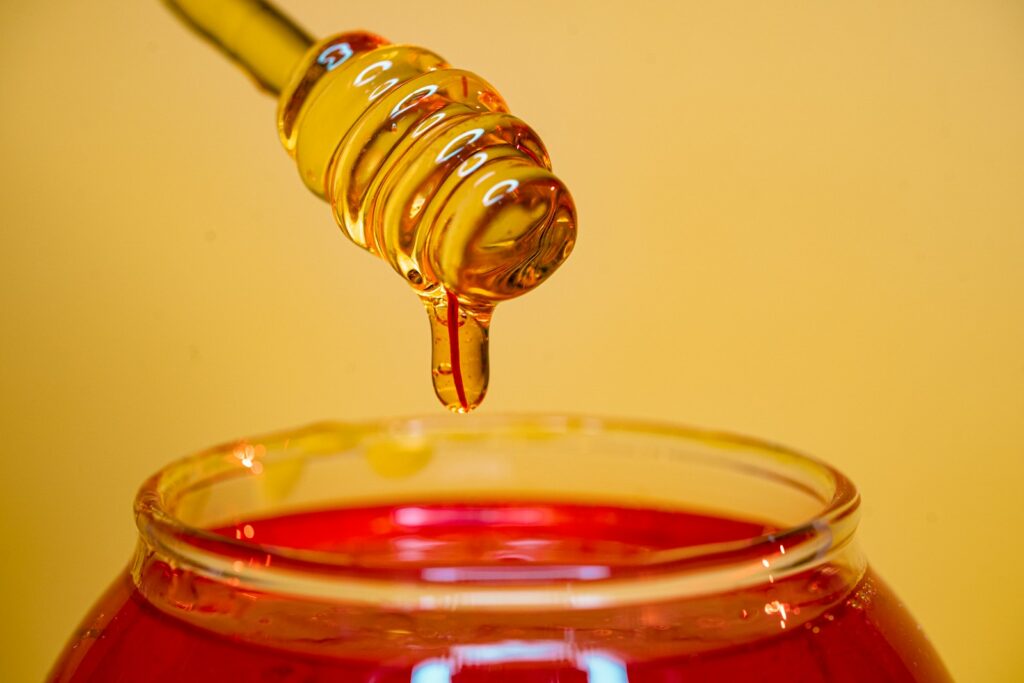
8. **Beware of “Hidden” Sugars in Foods: Unmasking the Sneaky Sweeteners**You might be diligently avoiding obvious culprits like soda and candy, but a significant portion of the sugar in the average diet comes from less conspicuous sources. Many processed foods, often marketed as ‘healthy’ or convenient, are actually laden with hidden sugars. These subtle sugar traps can easily contribute to exceeding your daily recommended intake, undermining your health and training goals without you even realizing it.
These sneaky sugars lurk in a vast array of products you might not suspect. Flavored yogurts, breakfast cereals, protein bars, granola, salad dressings, sauces, and even savory items like ketchup can contain surprisingly high amounts. The manufacturers often use multiple forms of sugar, spreading them out on the ingredient list so no single sugar appears dominant. Learning to read labels effectively means knowing what to look for beyond just “sugar.”
Keep an eye out for a multitude of names that all signify added sugar: cane sugar, corn syrup, brown rice syrup, dextrose, maltose, fruit juice concentrate, molasses, honey, and anything ending in “-ose” (like maltose, sucrose, dextrose). If any of these ingredients appear near the top of the list, it’s a strong indicator that the product is high in added sugars. For instance, a single tablespoon of ketchup can pack about 4 grams of sugar, quickly adding up over the day. Being vigilant about ingredient lists empowers you to make truly informed choices, protecting your body from unnecessary sugar overload and keeping your conditioning on track.
Read more about: Are You Eating Poison? Unmasking 14 Everyday ‘Healthy’ Foods That Might Be Hiding More Than You Think!
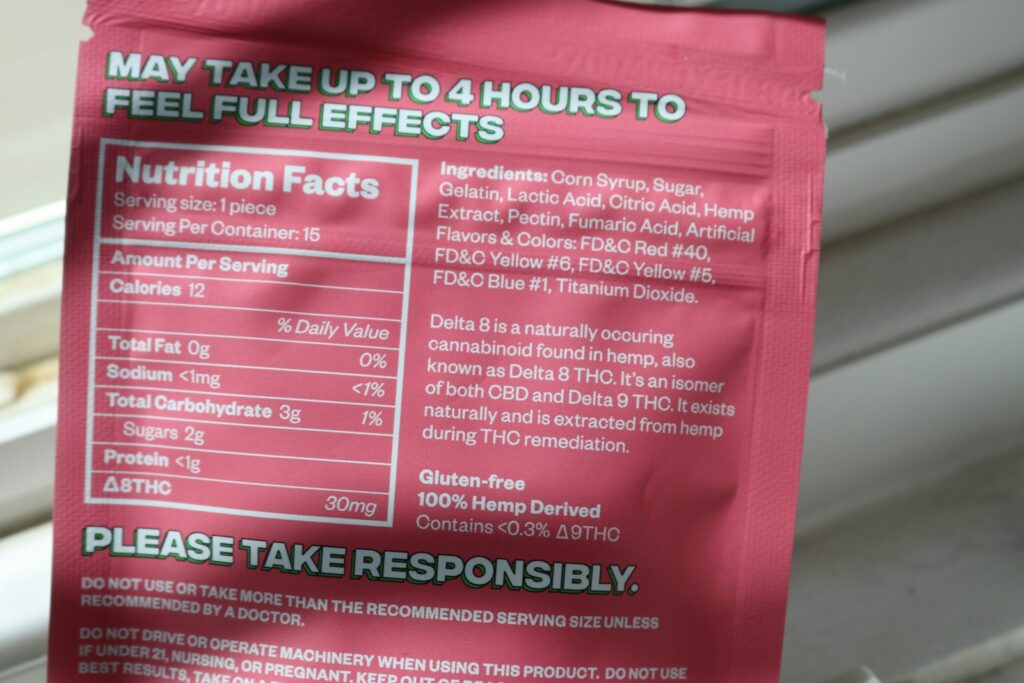
9. **Understand Nutrition Labels: Your Decoder Ring for Smart Eating**Deciphering nutrition labels might seem daunting at first, but it’s an indispensable skill for any runner serious about their fueling strategy. These labels are your direct line to understanding exactly what you’re putting into your body, particularly when it comes to sugar content. Learning how to quickly scan and interpret them is key to uncovering hidden sugars and making choices that support your performance and long-term health.
When examining a nutrition label, always look at the “Carbohydrates (of which sugars)” line. This figure tells you the total amount of sugar per serving, including both naturally occurring and added sugars. To truly understand the impact, compare this amount to the serving size and consider your daily intake goals. For context, many health guidelines, such as those in the UK, consider foods with over 22.5g of total sugars per 100g to be high in sugar, while 5g or less per 100g is considered low.
It’s also crucial to distinguish between products that claim “no added sugar” and those that are genuinely low in sugar. A product with “no added sugar” might still contain significant amounts of natural sugars, especially if it’s made with fruit purees or concentrates. While these natural sugars come with some nutrients, in concentrated forms (like a fruit-only smoothie), they can still lead to a rapid blood sugar spike, similar to an artificially sweetened drink. Always cross-reference the total sugar content with the ingredients list to identify any hidden forms of added sugar. Many countries also use front-of-package ‘traffic-light’ labels, providing a quick visual cue: red means high in sugar, while green indicates a low amount, simplifying your decision-making on the go.

10. **Smart Strategies for Sweet Snacks and Hydration: Balancing Indulgence with Intent**Completely eliminating all sweet treats from your diet is often an unsustainable and miserable endeavor, likely leading to intense cravings and eventual binges. Instead, the approach of elite marathoners is one of moderation, mindful choices, and intelligent substitutions. It’s about finding smart strategies that allow you to enjoy something sweet without derailing your hard-earned conditioning.
When a craving for something sweet strikes, reach for whole fruit first. An apple, a banana, or a handful of berries provides natural sugars along with fiber, water, and vital nutrients. The fiber helps to fill you up and slows sugar absorption, providing a more balanced satisfaction than a cookie or candy bar, and delivering far more nutritional benefit. This simple switch can significantly reduce your overall intake of added sugars while still satisfying that sweet tooth.
For those times when you do indulge in a dessert or a sugary snack, practice portion control and consider the timing. Having a smaller portion after a balanced meal, rather than on an empty stomach, allows the other components of the meal – protein, fiber, and healthy fats – to slow down sugar absorption, mitigating sharp blood sugar spikes. And on days when you’re not engaged in intense training, be extra mindful of these indulgences; while runners burn extra calories, it’s incredibly easy to negate that with a few careless sweet choices.
Finally, hydration is paramount, and it’s another area where hidden sugars can creep in. While sugary sports drinks are excellent for fueling prolonged exercise, they are not necessary for daily hydration or for shorter, less intense workouts. For general thirst and easy runs, opt for water, herbal tea, or electrolyte tablets that are low in or free from added sugar. Save those carbohydrate-rich drinks for when your body genuinely needs the fuel during long runs, races, or very demanding training sessions. Also, be cautious with “energy” drinks; many are loaded with both sugar and stimulants, making them less than ideal for routine hydration or performance. By implementing these practical strategies, you’re not just cutting harmful sugars; you’re optimizing your entire fueling approach, ensuring every sip and bite propels you towards stronger, healthier miles.
Conclusion: Your Fuel, Your Performance, Your Health
Finding the right balance with sugar can feel like a lifelong quest, but for runners, it’s a critical component of both peak performance and lasting health. Sugar isn’t a villain to be completely banished; it’s a powerful ally when used wisely and strategically. By understanding which sugars to limit, how to spot hidden traps, and most importantly, when to deploy sugar for maximum benefit, you unlock a new level of control over your body’s fuel.
Olympic marathoners aren’t just running miles; they’re meticulously managing their internal chemistry. They recognize that a diet anchored in whole foods provides stable energy and protects metabolic health, while precisely timed simple sugars become rocket fuel for intense efforts and rapid recovery. This isn’t about deprivation; it’s about empowerment. It’s about making conscious, informed decisions that keep you running strong today and safeguard your vitality for decades to come.
So, go forth and run, fueled by knowledge and smart choices. Make whole carbohydrates your daily staple, save the fast sugars for your toughest efforts, and scrutinize those labels like a detective. Your body, your performance, and your long-term health will thank you. Here’s to crushing your next race, feeling amazing, and building an unbreakable foundation for a lifetime of running success!



